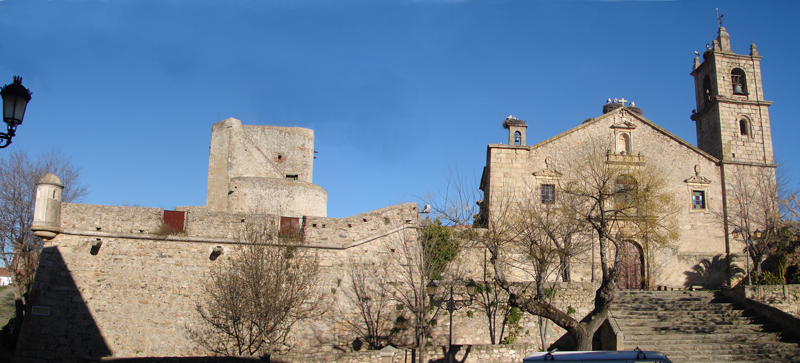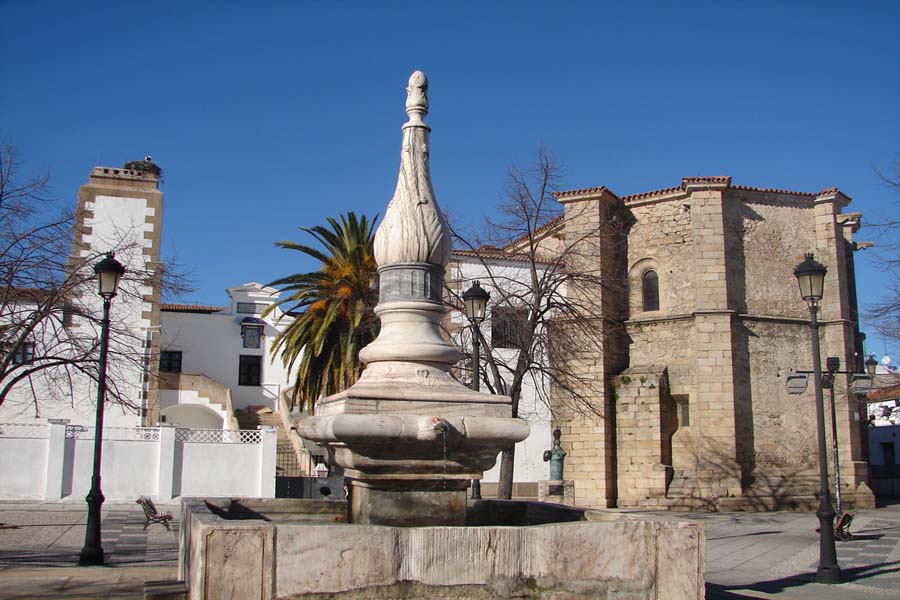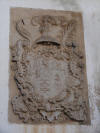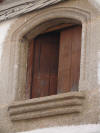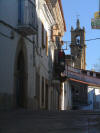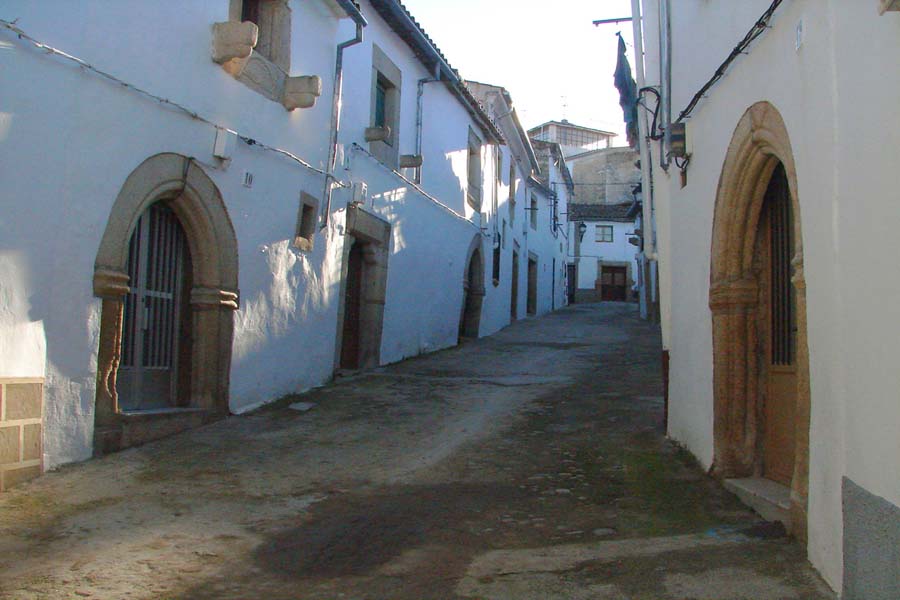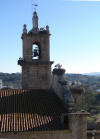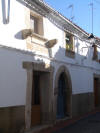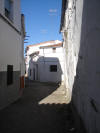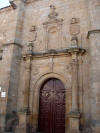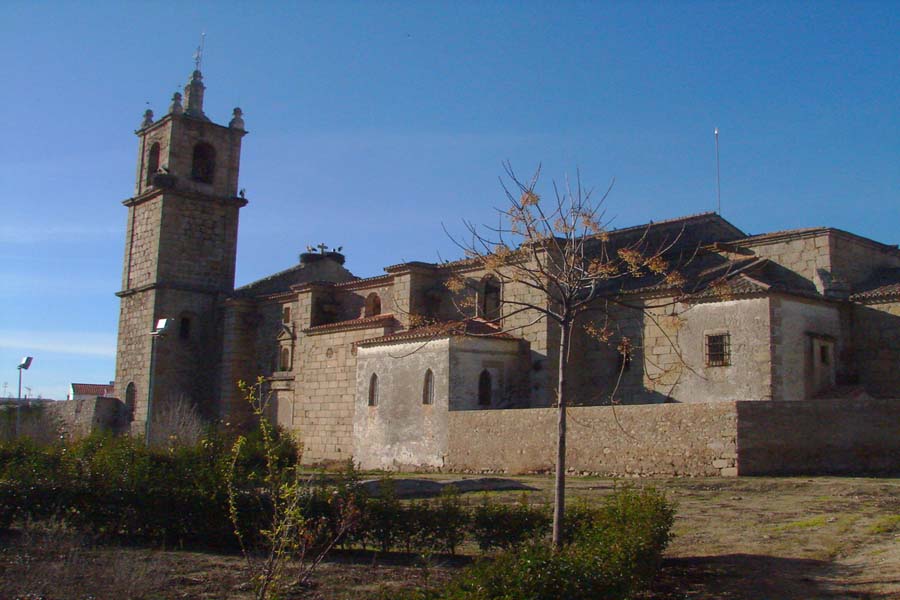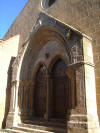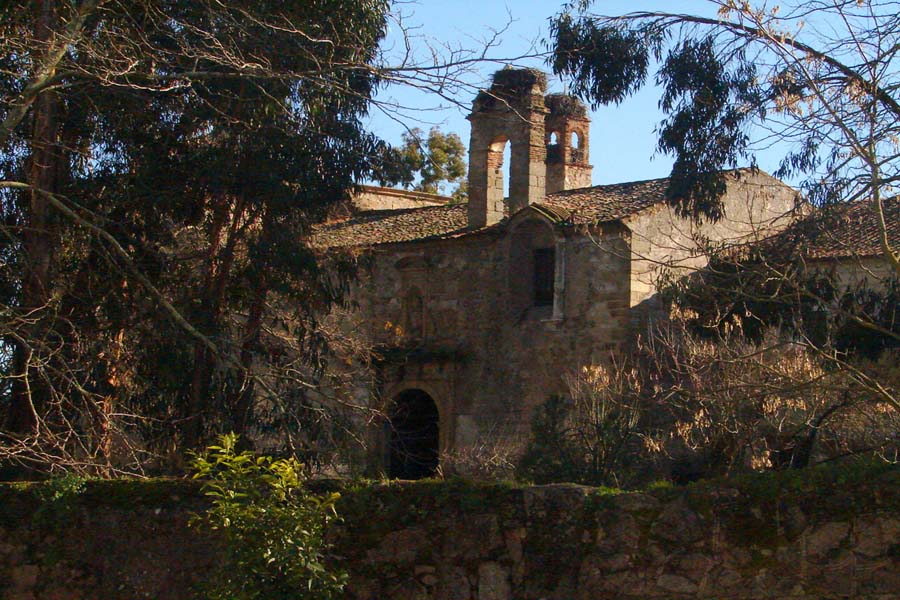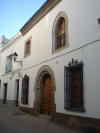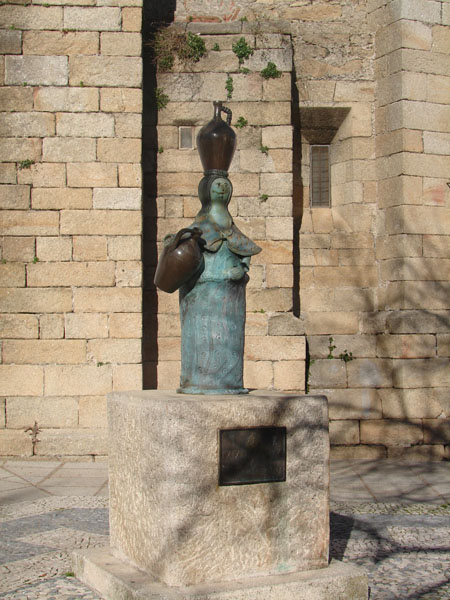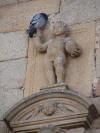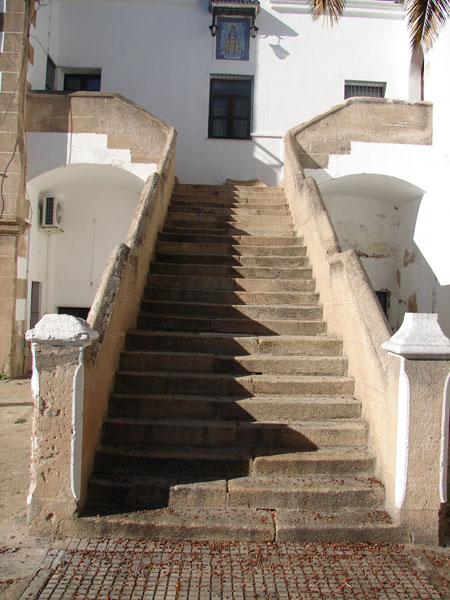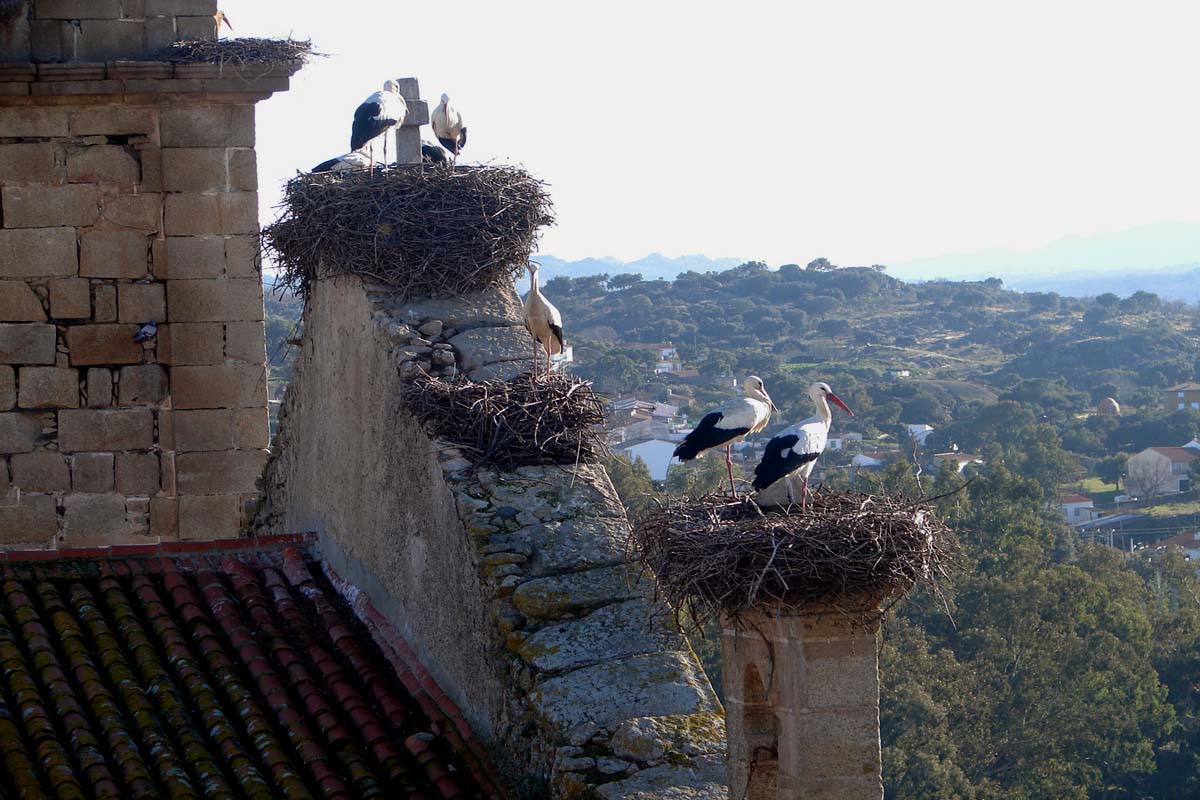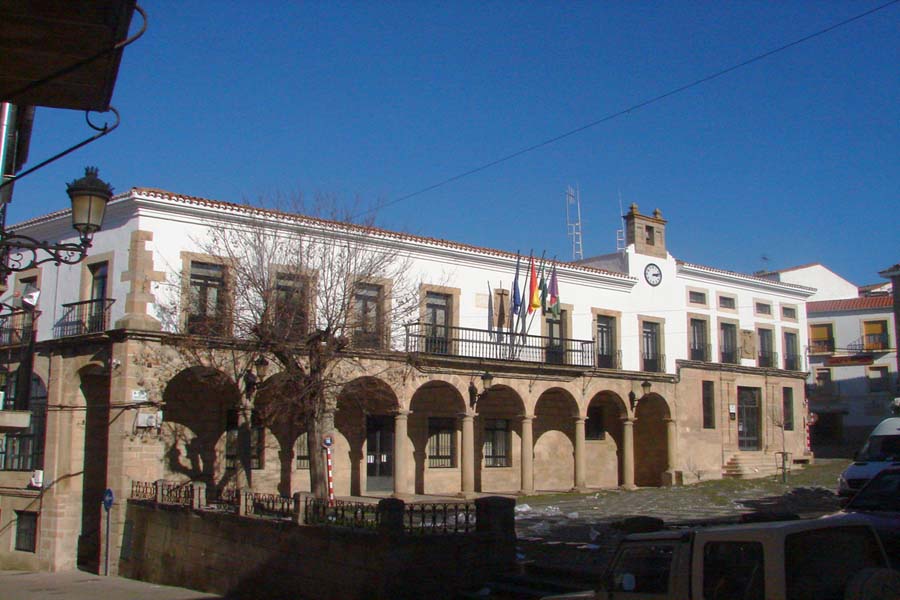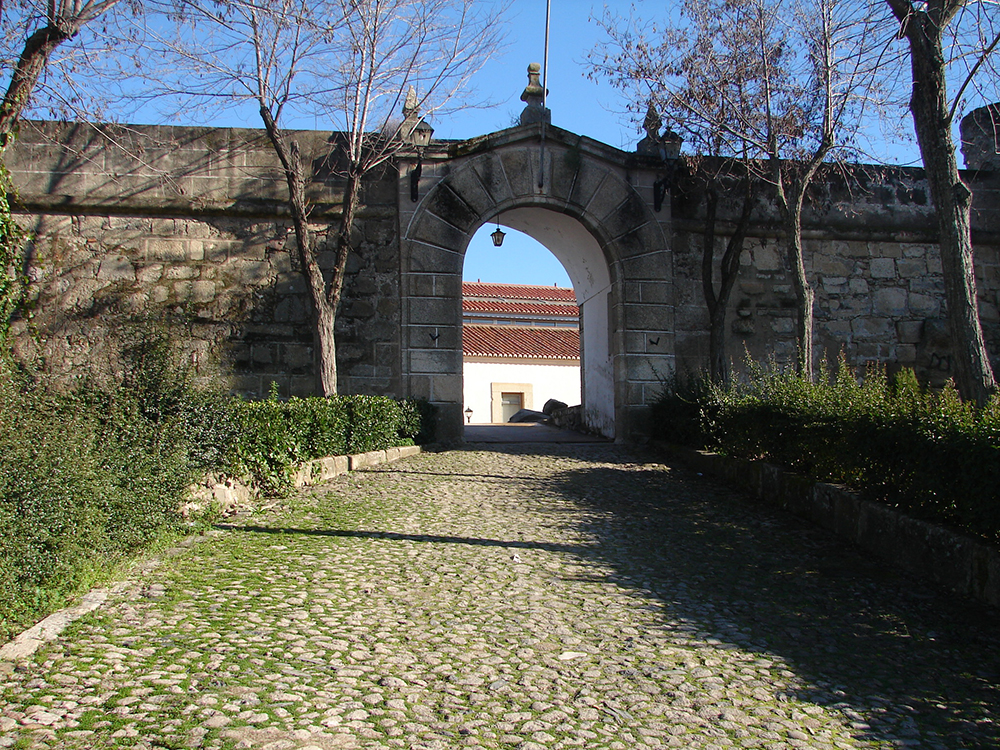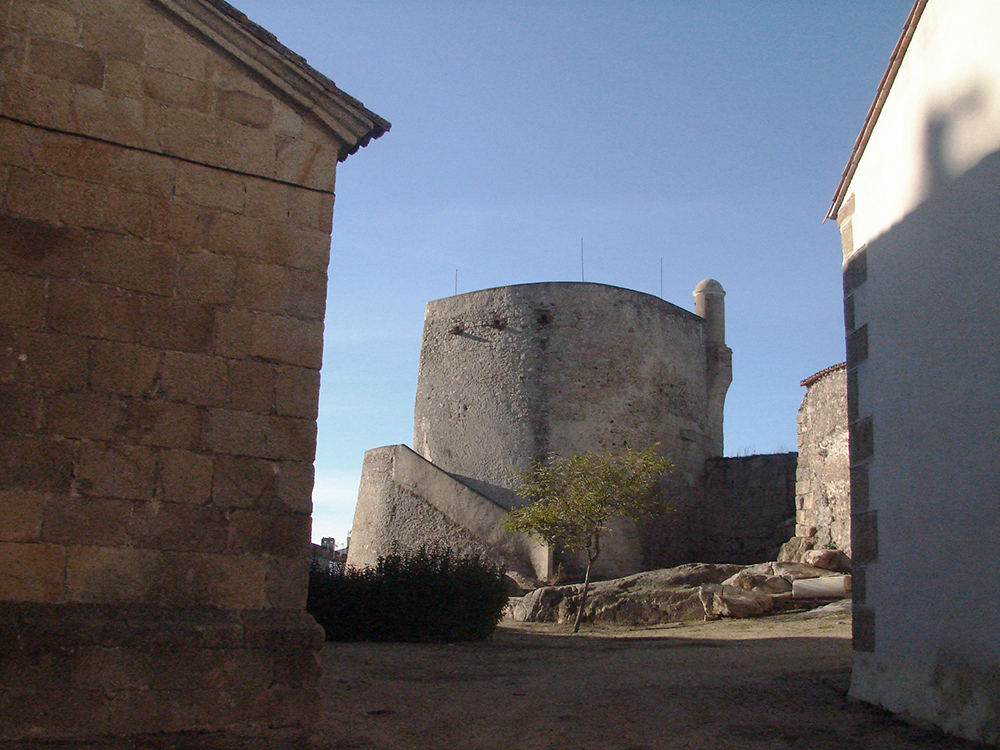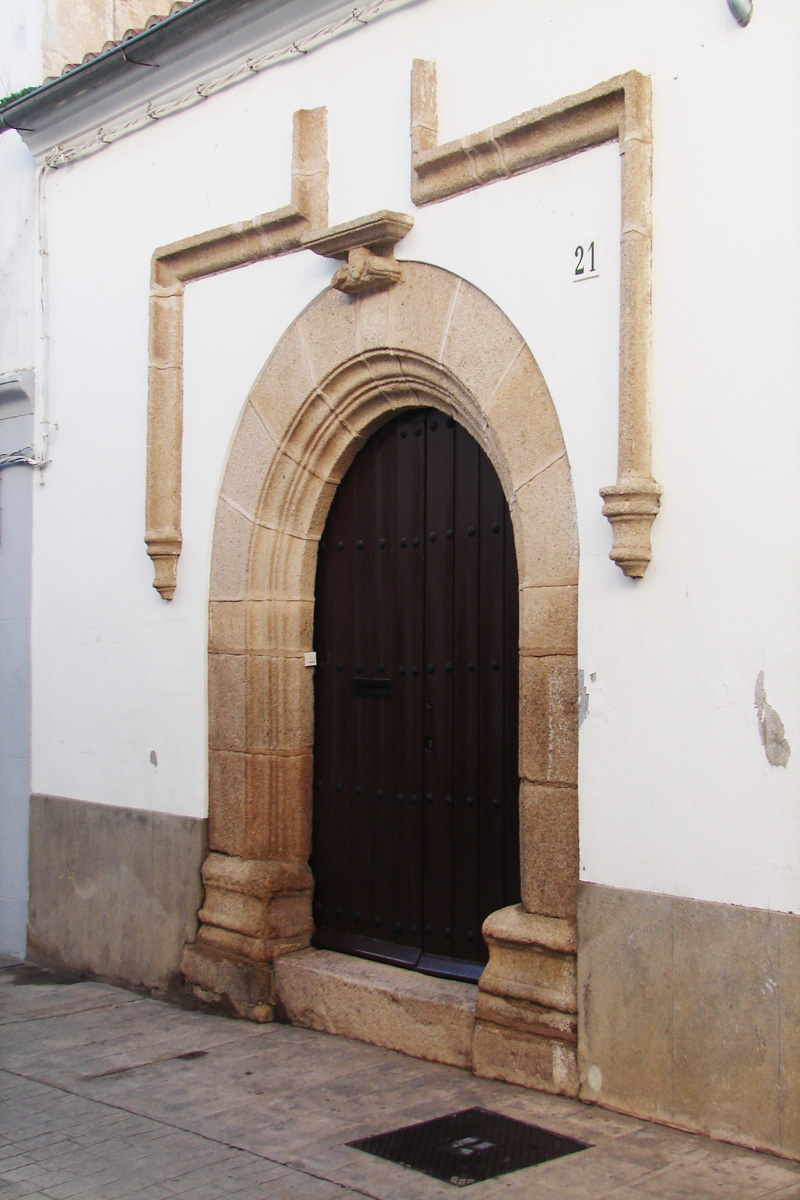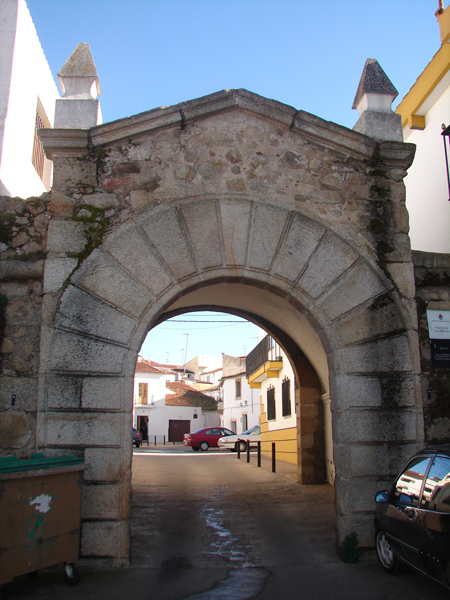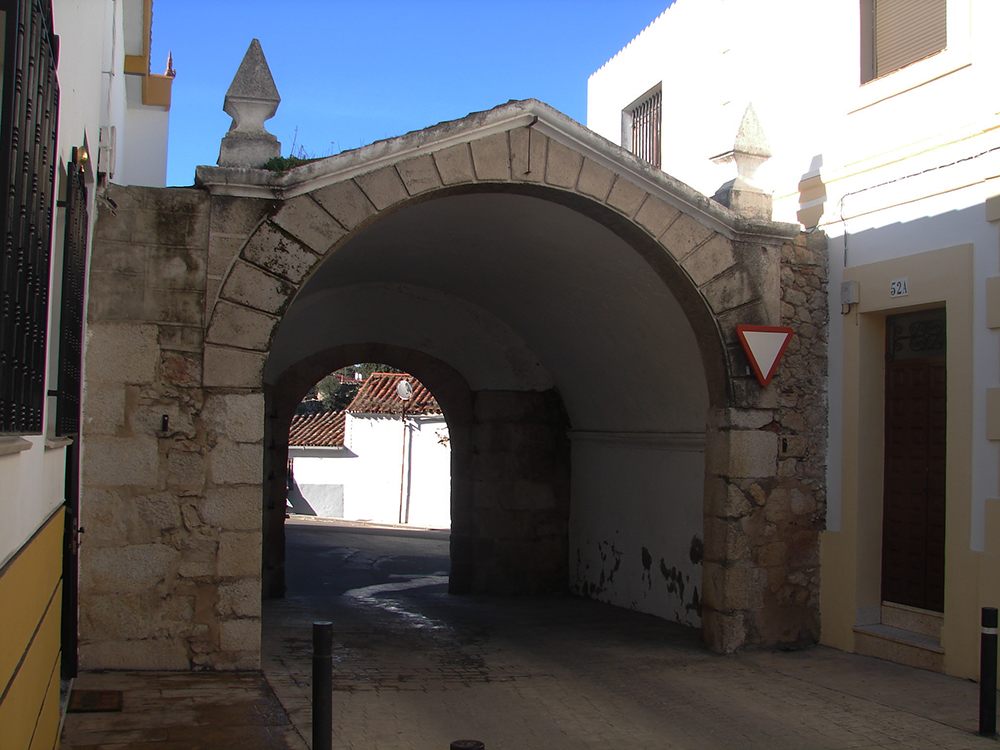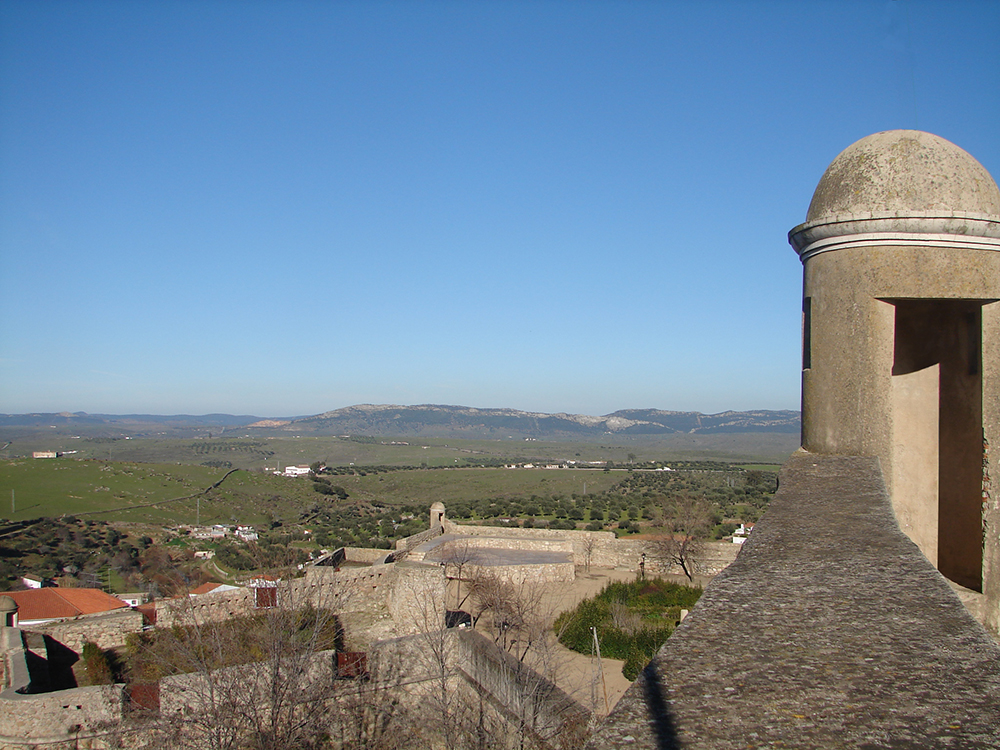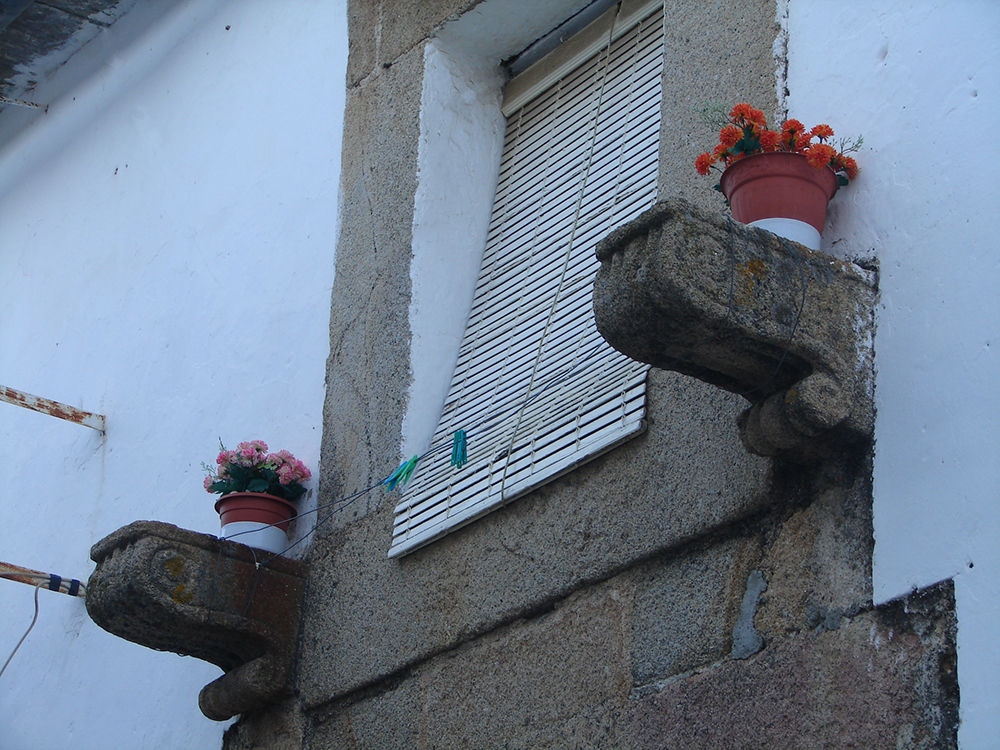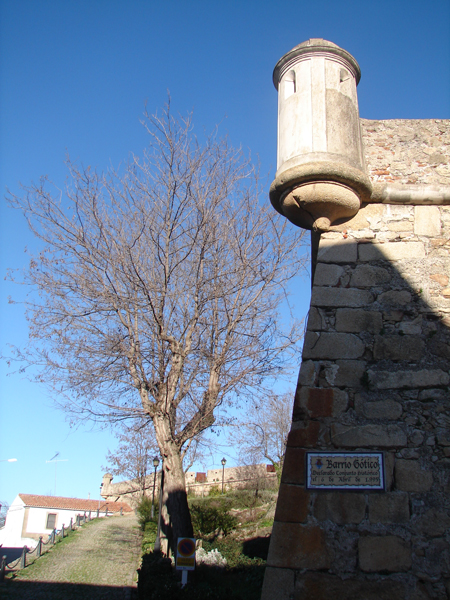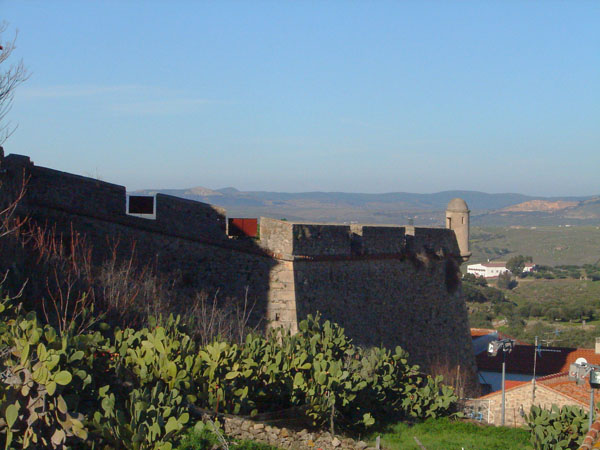Throughout the XIIIth and XVth century, it turned into a commercial and economic center, attracting merchants and merchants who established themselves in his Gothic neighborhood, and with them, an important quota of Jews, who up to his expulsion of Spain, raised his own enclosure presided by the synagogue. Today there remain interesting remains of his streets and constructions. In Rocamador's church the link took place between the daughter of the Kings Católicos and Manuel Lucky in 1497.
With the development of the difficult relations with the kingdom luso, the city was progressively strengthened. In the 16th century, the Spanish crown assumed the property and defense of the square, which continued updating his fortifications before the frequent wars with Portugal. In 1664 it was conquered by the Portuguese, coming back to the kingdom of Spain in 1648. |
In the course of the Succession war, the Portuguese allied of Carlos of Austria, penetrated with his armies way of Madrid, in such a way that it was occupied again until 1715, being recovered by Spain when the tracing of the border returned to his previous limits. His walls were reinforced, according to the model of fortification bastioned. On the occasion of the War of Independence, it was besieged in several occasions by the French troops, which needed these point of from support, to isolate the neighbor Portalegre's locality. |
The inauguration of the rail line from Madrid to Lisbon, which connects people with Portugal, Caceres and Madrid, was an important milestone in the history of Valencia de Alcantara. As a result resurfaced trade and industry, becoming a center for production and distribution of important industry cork. At its territory was a dispersed rural habitat, which still persists, and that has given rise to a large number of villages and districts, in an environment of the forest Mediterranean adehesado, presided by forests of oak and cork oak, which stands over penillanuras, those sometimes important cresterías rocky outcrops. |
